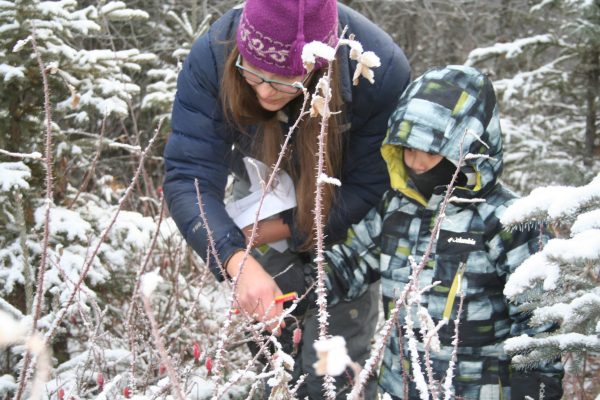Excerpt: The National Environmental Monitoring Conference (NEMC) is the largest conference in North America focused on environmental measurements. NEMC 2017, held August 7th to 11th in Washington, DC, featured a half day citizen science session moderated by Jay Benforado, USEPA Office of Research and Development, and Leon Vinci, Drexel University. The session began with five talks from citizen science researchers and practitioners, which inspired a larger discussion about the limitations and possibilities for expanding the impact and scope of citizen science for environmental monitoring. This blog post summarizes and reflects on this session.
Source: Bowser, A., 2017. Citizen Science and Environmental Monitoring: Reflections on NEMC 2017, 11 August, 2017. Available at https://www.wilsoncenter.org/blog-post/citizen-science-and-environmental-monitoring-reflections-nemc-2017 [Last accessed 4 September 2017].
